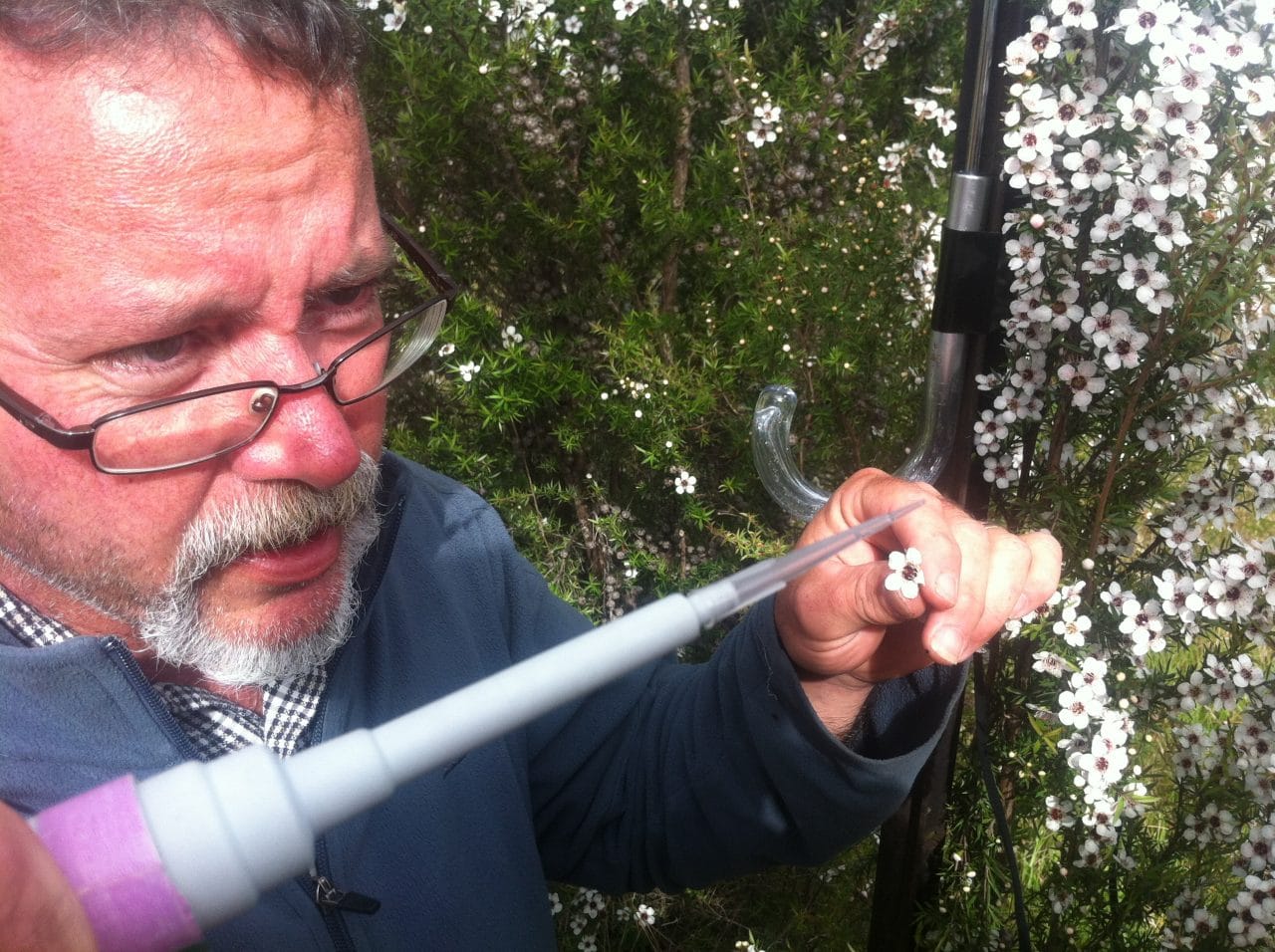The Unique Manuka Factor Honey Association (UMFHA) has announced it has validated unique signature compounds which can identify manuka honey as genuine, following concern about the amount of fake manuka on the market.
 Working with UK-based Fera Science and other international research agencies around the world, the UMFHA found that over 200 signature compounds, in combination, are unique to authentic manuka honey. Of these, a shortlist was identified that can be used to determine whether honey is genuine manuka.
Working with UK-based Fera Science and other international research agencies around the world, the UMFHA found that over 200 signature compounds, in combination, are unique to authentic manuka honey. Of these, a shortlist was identified that can be used to determine whether honey is genuine manuka.
Topping the list is a compound called leptosperin, but a number of others were also confirmed, including dihydroxyacetone and methylglyoxal, which have already been used to support the UMF quality mark. Leptosperin is hard to synthetically manufacture and so is only present in genuine manuka honey.
Manuka honey comes exclusively from the nectar of the flower of the manuka bush which is native to New Zealand. UMFHA spokesperson John Rawcliffe told NPN that a significant part of the research was the physical collection of nectar from these flowers to ensure the correct nectar would be analysed. “We literally collected the nectar out of the flower,” he says. “There is the flower, there is the nectar, that must be manuka.”
“The second breakthrough was the technology we used to look at the unique profile,” Rawcliffe explains. “We used chemical profiling to identify the key signatures that make up manuka honey. We were able to develop a fingerprint of a whole range of markers that are unique. You get to a certain point where you can say well if it’s got that in it then it must be manuka because that isn’t in any other nectar in New Zealand.”
Added Fera Science Biochemist and head of the food quality and safety programme, Dr Adrian Charlton: “We have been working with the UMFHA for over five years now and are proud to say that, as part of the manuka ID project, unique signature compounds have been identified that allow us to test and verify the authenticity of manuka honey.”
The UMF quality mark can only be applied to honey meeting the UMFHA specification for these signature compounds.





